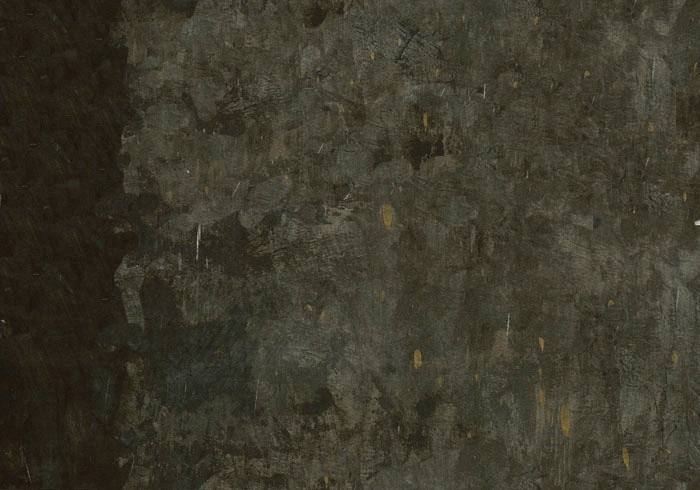Copyright!


It’s been my experience that copywriting has the greatest capacity to make or break an ad, promotion, phone communication, web site, PR piece, or broadcast spot.
It’s like juggling: when it’s done well– it looks easy…until you try. But unlike juggling you won’t know when you’ve written bad or ineffective copy until after you’ve spent money to get it out to the public. Then it turns out the ad is lackluster, but why?
Advertising copy is such a tricky art that it can be devilish to figure out which part is working and which isn’t. It might even come down to one word .
I’m a proponent of conversational copywriting. It tends to strike a common chord with most people. It speaks to you… literally.
Most of the time, if you want to have a meaningful conversation with a friend, you call them; an e-mail or text message just doesn’t have the same impact, the same emotional resonance.
Good advertising copy is like a conversation you’re having with a prospective customer…
However, it works most efficiently when it emulates the conversation that you would have if they were there in the room with you.
Our language is filled with colorful patterns, cadence and word play; it adds spice to our conversations (some people might add a little too much spice for clarity’s sake, but that’s a whole different cookie to chew on.)
Since conversational copy travels in the same pack with the way you and I speak, it also carries with it all the little foibles that we’ve accepted in our daily banter. And similarly, conversational copy wouldn’t fare well on the desk of your grade school English teacher.
To be honest, an ad that pulls well might not even know where it’s prepositional ending’s at (like this one.)
Even run-on sentences can be common when you have a thought going and don’t want to interrupt it’s flow, but you have several supportive pieces of information that the reader needs to know so it winds up being a lot longer than the textbooks would be comfortable with (like this one.)
Sometimes even proper english steps aside in favor of a grabby hook: “Got milk?”.
But keep in mind the best conversational copywriter falls short if the correct things aren’t being said:
• Are you telling or asking?
• Who are you speaking to?
• Which emotion are you using, and how do you know it’s best?
• Are you instructing, or should you be?
• Are you empathizing?
• Are you sympathizing?
• Does the reader know how they’ll benefit?
• What’s the manner?
• Is conversational copy the best choice for this piece?
• Is traditional copy the best choice for this piece?
Good advertising copy is like a conversation you’re having with a prospective customer, and like a conversation, what you say is as important as how you say it.
Just think of all the ways you or your company communicates with your customers, prospective customers, subcontractors, the media, your web site, what the people that answer the phones say to the caller, or anybody in your company that talks with people in the context of your business.
It’s astonishing the amount of communication that goes on. And imagine how smoothing out or improving these things could positively impact your business.
Sounds simple, doesn’t it?
Now take three balls, throw each one up in succession, catch each one when it comes down, and throw it again before the next one hits your hand, and repeat. Now you’re juggling.
Or maybe it’s best to hire a really good juggler.
How can you benefit
from high-impact copywriting?
